Faculty and Research Units
OIST research units take a cross-disciplinary approach to research, and the PhD program encourages students to explore the intersections of disparate fields of science and technology. Find the research unit of your interest below.
Faculty and Research Units
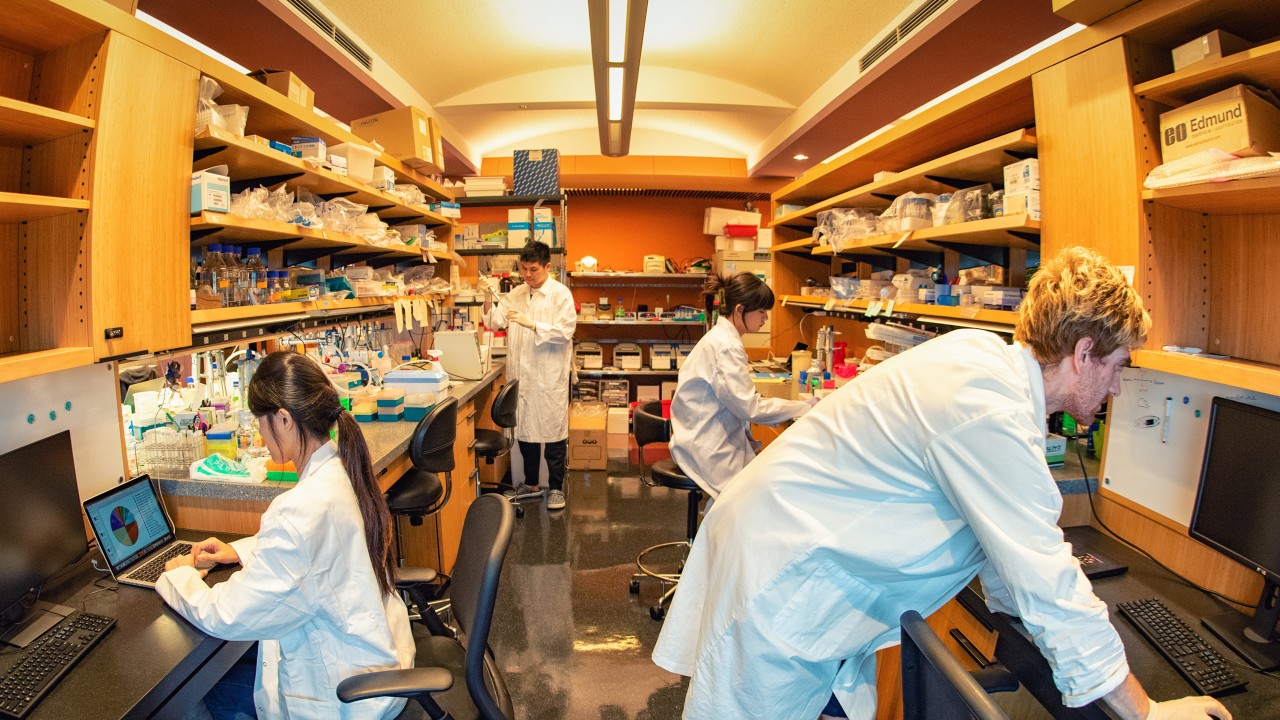
Find a Faculty Member or Research Unit
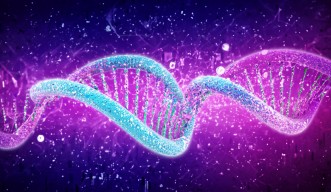
Algorithms for Ecological and Evolutionary Genomics
The Algorithms for Ecological and Evolutionary Genomics Unit develops computer algorithms for core problems in genomics to study the genomes of every extant species on our planet.

Gene Myers
Professor (Adjunct)

Applied Cryptography Unit
The Applied Cryptography Unit investigates the design and analysis of modern cryptographic primitives and schemes used to protect the confidentiality and integrity of data – at rest, being communicated or computed upon – both in the classical and the quantum settings. Areas of interest include the algebraic cryptanalysis of symmetric and asymmetric key algorithms; design and analysis of primitives for privacy-preserving cryptographic mechanisms; and the design and analysis of quantum-safe cryptographic constructions.

Carlos Cid
Professor (Adjunct)
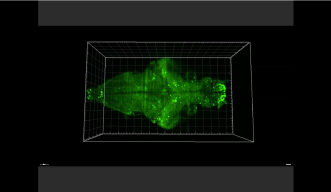
Biological Nonlinear Dynamics Data Science Unit
The biological nonlinear dynamics data science unit investigates complex systems explicitly taking into account the role of time. We do this by instead of averaging occurrences using their statistics, we treat observations as frames of a movie and if patterns reoccur then we can use their behaviors in the past to predict their future. In most cases the systems that we study are part of complex networks of interactions and cover multiple scales. These include but are not limited to systems neuroscience, gene expression, posttranscriptional regulatory processes, to ecology, but also include societal and economic systems that have complex interdependencies. The processes that we are most interested in are those where the data has a particular geometry known as low dimensional manifolds. These are geometrical objects generated from embeddings of data that allows us to predict their future behaviors, investigate causal relationships, find if a system is becoming unstable, find early warning signs of critical transitions or catastrophes and more. Our computational approaches are based on tools that have their origin in the generalized Takens theorem, and are collectively known as empirical dynamic modeling (EDM). As a lab we are both a wet and dry lab where we design wet lab experiments that maximize the capabilities of our mathematical methods. The results from this data driven science approach then allows us to generate mechanistic hypotheses that can be again tested experimentally for empirical confirmation. This approach merges traditional hypothesis driven science and the more modern Data driven science approaches into a single virtuous cycle of discovery.

Gerald Pao
Assistant Professor
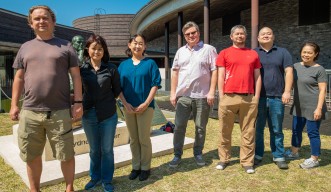
Biological Systems Unit
The Biological Systems Unit is working on devices in which microorganisms break down waste, releasing energy in the process. Key Okinawan industries such as awamori distilleries, pig and chi...

Igor Goryanin
Professor (Adjunct)

Complex Fluids and Flows Unit
We study multiscale and multiphysics problems related to fluid dynamics by numerical simulations. Our research is focused on turbulence, non-Newtonian fluids and multiphase flows.

Marco Edoardo Rosti
Assistant Professor
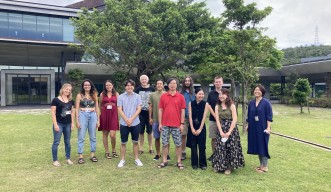
Computational Neuroscience Unit
We study how neurons and microcircuits in the brain operate and explore the influences of neuronal morphology and excitability on common neural functions such as synaptic plasticity and learning, and determine how molecular mechanisms enable these functions.

Erik De Schutter
Professor
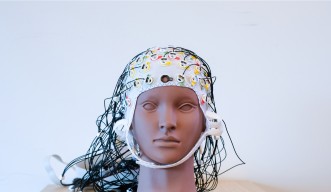
Embodied Cognitive Science Unit
We are developing theoretical and experimental projects in cognitive science, guided by the hypothesis that agent-environment interaction is an essential part of mental activity.

Tom Froese
Assistant Professor
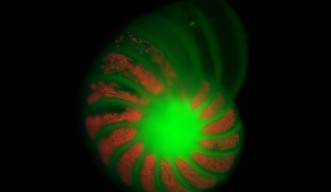
Evolution, Cell Biology, and Symbiosis Unit
The ECBS unit studies the effects of symbiotic interactions on the origin and evolution of cellular life.

Filip Husnik
Assistant Professor
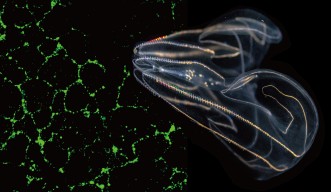
Evolutionary Neurobiology Unit
Research projects of the Evolutionary Neurobiology Unit include (1) anatomical and physiological dissections of the nervous systems of basal metazoans, mainly on diffused and regionally cond...

Hiroshi Watanabe
Associate Professor

Future-Proof Cryptography Unit
The Future-Proof Cryptography Unit studies Multi-Party Computation, Fully Homomorphic Encryption, Verifiable Computation and Cryptanalysis and how these are affected by quantum computers.

Najwa Aaraj
Professor (Adjunct)
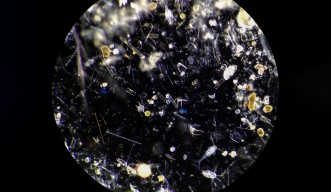
Genomics and Regulatory Systems Unit
To function normally, organisms must ensure that genes are switched on and off at the right times and locations. Gene expression control is a complex process that requires the coordinated ac...

Nicholas M. Luscombe
Professor
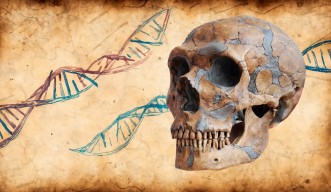
Human Evolutionary Genomics Unit
We use the genomes of Neandertals and Denisovans, the closest evolutionary relatives of present-day humans, to identify genomic variants that are unique to modern humans.

Svante Pääbo
Professor (Adjunct)

Machine Learning and Data Science Unit
In the machine learning and data science (MLDS) unit, we focus on developing fundamental machine learning algorithms and solving important scientific problems using machine learning. We are currently interested in statistical modeling for high-dimensional data including kernel and deep learning models and geometric machine learning algorithms, including graph neural networks (GNN) and optimal transport problems. In addition to developing ML models, we focus on developing new machine learning methods to automatically find a new scientific discoveries from data.

Makoto Yamada
Associate Professor
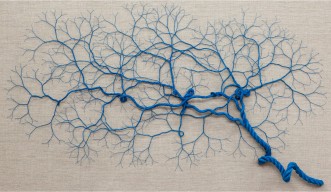
Model-Based Evolutionary Genomics Unit
The Model-Based Evolutionary Genomics Unit works at the crossroads of computational and evolutionary biology. Our long-term goal is to achieve an integrative understanding of the evolution of Life on Earth and the origins and emergence of complexity across different biological scales, from individual proteins to ecosystems. To move towards this goal, we develop and apply model-driven evolutionary genomics methods to reconstruct the Tree of Life and the major evolutionary transitions that have occurred along its branches.

Gergely János Szöllősi
Associate Professor
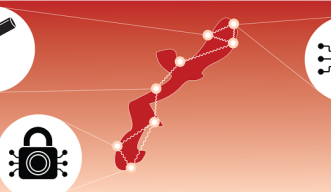
Networked Quantum Devices Unit
The ambition of NetQ, the Networked Quantum Devices unit, is to develop the necessary theoretical tools such as novel error correction mechanisms, cryptographic protocols, and simulation alg...

David Elkouss
Associate Professor
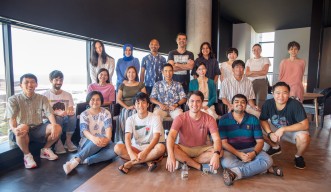
Neural Computation Unit
The Neural Computation Unit develops algorithms that elucidate the brain’s mechanisms for robust and flexible learning. The unit focuses on how the brain processes reinforcement learning, in...

Kenji Doya
Professor
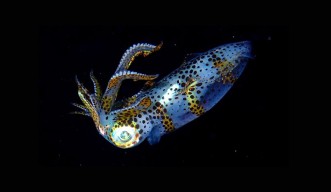
Physics and Biology Unit
The unit studies natural time series data, from NLP to genome sequences to cephalopod camouflage, with dynamical systems and machine learning methods, letting the data lead the way.

Jonathan Miller
Professor
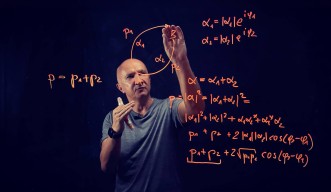
Quantum Information Security Unit
The research unit will conduct theoretical research into all aspects of quantum information processing with focus on the nature of randomness and its applications in secure communication.

Artur Ekert
Professor (Adjunct)





